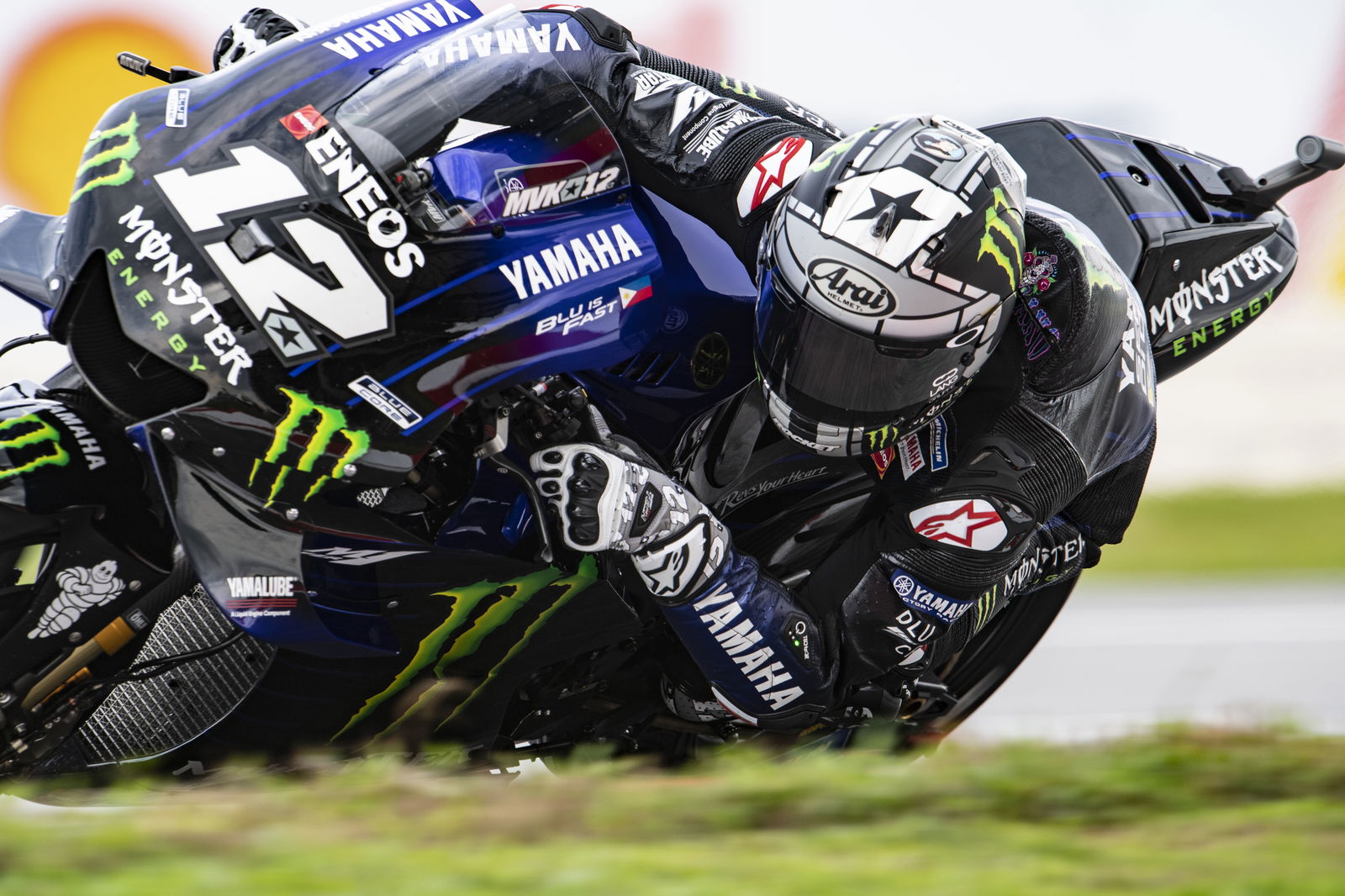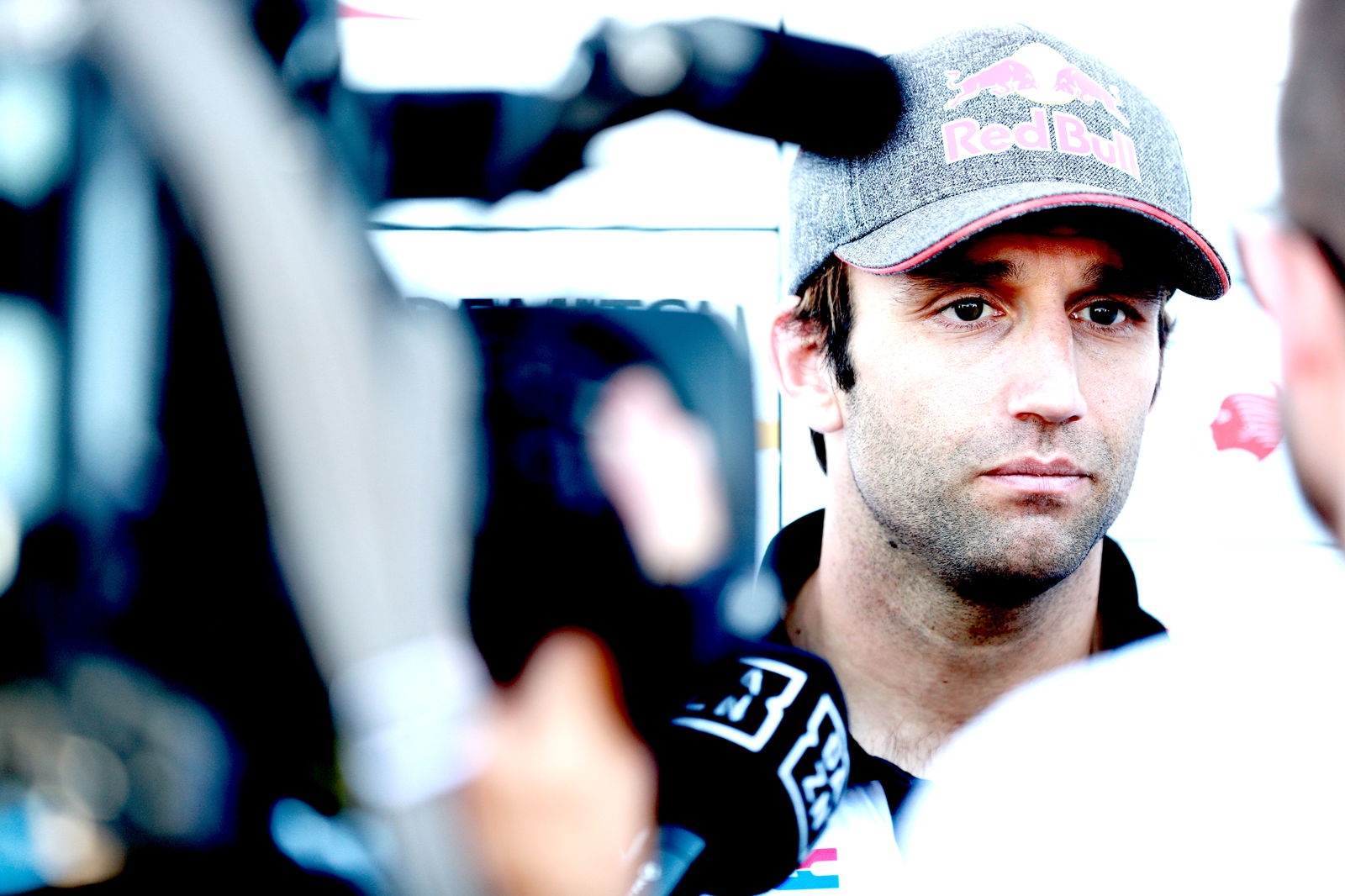Yamaha outlines 2020 MotoGP improvements, will test ‘holeshot’ device
Maverick Vinales reveals better corner exit speed and a new 'holeshot' device could be the key to resolving Yamaha's 2020 MotoGP top speed limitations

Yamaha has given some insight into the changes it is making to its Yamaha M1 ahead of the 2020 MotoGP World Championship season, revealing a number of tweaks designed to maximise what it feels is already a competitive package.
The Iwata manufacturer has been facing growing calls from riders Valentino Rossi and Maverick Vinales to bring a significantly updated M1 to the grid in 2020 amid criticism that it simply isn’t quick enough in a straight line.
Yamaha, however, has countered that the M1’s balance and agility are the cornerstone to the manufacturer’s success, a formula it isn’t keen to drastically change having ended the 2019 season as the closest rival to Marc Marquez on the Honda.
While Rossi and Vinales were both reserved in their praise for the updated 2020 model – instead urging the team to push the envelope further when testing resumes in February – Yamaha reportedly has several new innovations on the way to potentially make up for the lack of top speed, most notably revised rear suspension designed to improve exit corner speed.
“We are fast in many circuits, I think our chassis is fantastic, our top speed is not the best, but we can handle it,” Vinales is reported as saying in AS. “Therefore, for me we must focus on improving the outputs. The M1 is very good in classification, always we are on the first line or on the pole.
“However, the first round is more complicated because we have to improve the power output, it is one of the things we have to improve this year. All Yamahas lose a lot in the exit, so we are working very hard in the factory to develop another device for the exits, like the rivals, or something new and we will try to try it in Malaysia. I think we should focus on the exits and not lose too much top speed.”
The Sepang test will also see Yamaha bring its own version of the ‘holeshot’ device to test. An innovation debuted by Ducati, the device – which is activated on the way to the grid - pre-transfers weight to back of the bike, allowing it to move off the line more cleanly without any wheelie effect.

Will Yamaha updates make up for lack of top speed?
Despite Rossi, Vinales and increasingly Fabio Quartararo’s persistence that a more potent engine will resolve its shortcomings, Yamaha has so far resisted those calls because it is convinced that solving one problem will create several others.
In Yamaha’s defence, it started the year adrift of Ducati and Suzuki but ended it on the tail of Marc Marquez’s Honda, a rate of improvement that it will be keen to maintain into 2020 rather than start from scratch again.
Not that Yamaha is resting on its laurels. With nine pole positions from 19 events, the Yamaha M1 has plenty of raw speed when lapping alone, but really loses out in the throes of battle by being bottled up in corners and then left vulnerable on the straights.
Yamaha says it is working hard to give the M1 a better corner exit slingshot to prevent this from happening, though the way Ducati and Honda were simply breezing past at times in 2019, it’d need to be a significant improvement.
The holeshot device could be a useful addition though if it can get the Yamahas out in front by the first turn to really capitalise on its qualifying strength.
If Yamaha gets its calculations wrong though, it could be another very long season for Vinales and Rossi…

![Marc Marquez Thai MotoGP crash [credit: @marcmarquez93 Twitter]](https://cdn.visordown.com/field/image/Screenshot 2019-10-07 at 14.19.24.png?width=1600)